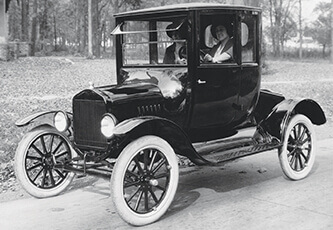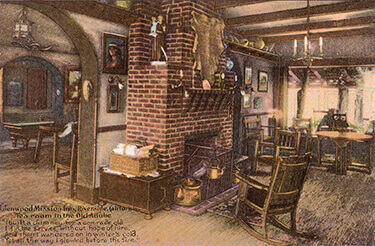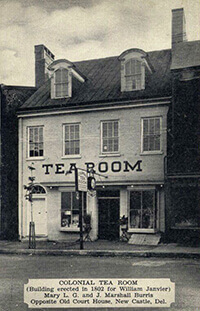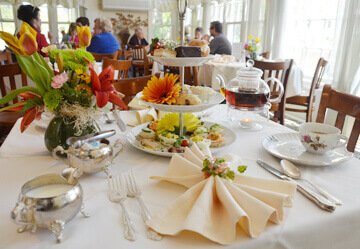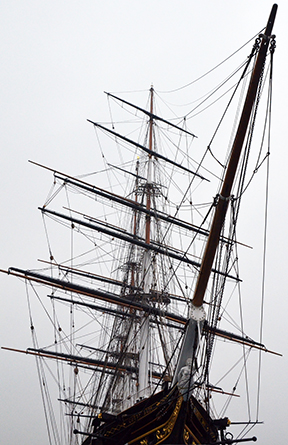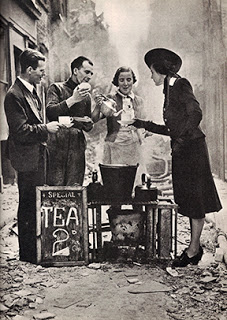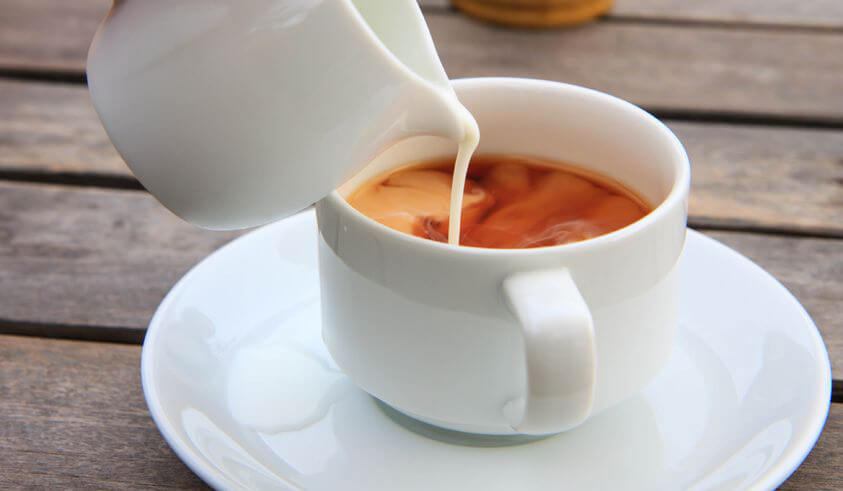Boston and the American Tea Room Craze
America’s love affair with tea rooms began a century ago and the area around Boston was the first to witness this boom as tea rooms popped up in every little village. The sudden popularity of tea rooms was brought about by three remarkable social phenomena:
- the advent of the automobile,
- the temperance movement, and
- women’s quest for equality.
Put a thoroughly modern woman into the driver’s seat of a Ford, ban alcohol, build good roads that spiral out of major cities into the scenic countryside, and you have a perfect recipe for the twentieth century tea room movement.
Henry Ford’s mission had been to build a car for the great multitude. What Mr. Ford failed to predict was the number of women who might be interested in driving those vehicles. But the suffragette movement had opened the eyes of women not only to the right to vote but to opportunities to drive a car or own a business—such as a tea room.
For the first half of the century, Americans thought of “tea room” in terms of a family dining experience in a stand-alone building, converted historic structure or inn where simple homemade meals, usually with desserts, were featured. Many early tea rooms began in homes that opened their doors on weekends to travelers looking for home-cooked meals. Unlike the British tea room movement, the centerpiece of many American establishments was not hot tea and scones but iced tea and chicken salad.
In the era before food safety and health laws, a homemaker could hang an advertising sign in her front window, welcome diners into her parlor and charge guests whatever they might pay. Women who were used to preparing large meals for church suppers and civic events found it easy to enter the world of business by simply doing what they knew best. These budding entrepreneurs could satisfy the hunger of countless travelers passing by, and thus make an income without leaving home.
An advertising shingle hanging in the window of a New England establishment sometimes simply read “T Room.” The “T” was code for “Temperance.” Groups of women or families felt safe entering a temperance house where they would not be subjected to fellow diners who might be consuming beer or liquor.
America’s budding tea entrepreneurs cast aside cluttered Victorian decor as they embraced the Arts and Crafts movement that was spreading throughout New England, the Chicago area and Southern California.
Colonial Revival was another dominant theme of the American tea movement in the 1920s. Weather vanes, copper kettles and stone hearths decorated with antiques supplied the historical charm for tea rooms from Boston to Los Angeles. Tea room names often included the words “ye” or “olde.”
No area of Massachusetts was riper for the tea room phenomenon than the picturesque towns stretching from Cape Cod to Cape Ann. Today, one of the country’s longest-running establishments remains tucked away on a quiet side street in the village of Wenham. Boston families on weekend excursions began traveling the road through Wenham a century ago, and one local philanthropic group decided to take advantage of all those hungry tourists.
In 1912, a small assembly of spirited women from the Wenham Village Improvement Society purchased a harness shop as a home for their new tea house and exchange, where they sold ladies’ handiwork, jams and jellies. Thus the Wenham Tea House and Exchange (pictured left and below) was born. Today, it continues serving teas, feeding guests and raising funds for the Wenham Village Improvement Society.
